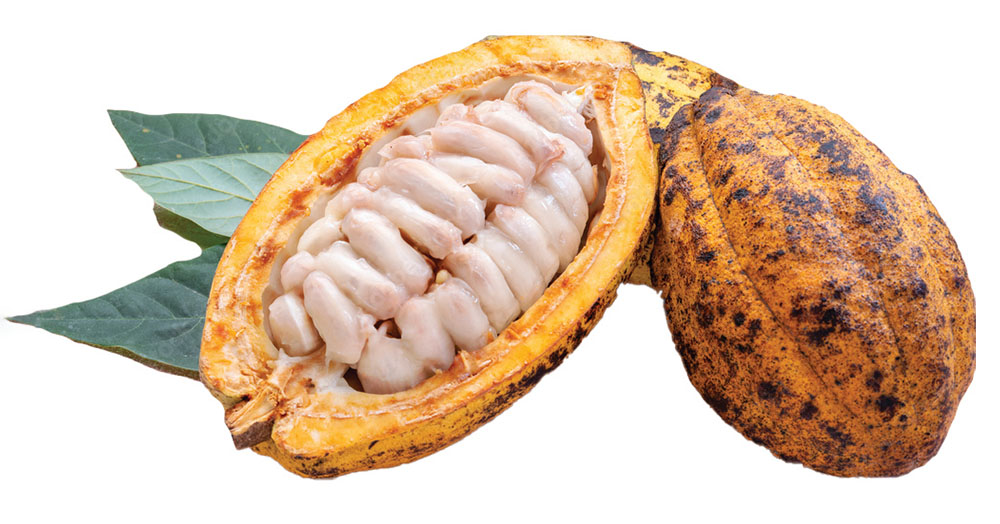Iowa Alum Empowers Small Cacao Farmers in Central America
 PHOTO COURTESY CHUCK MARTIN
Since 2017, Chuck Martin has worked with small farmers in Panama to grow cacao and has built an international network of buyers and marketers.
PHOTO COURTESY CHUCK MARTIN
Since 2017, Chuck Martin has worked with small farmers in Panama to grow cacao and has built an international network of buyers and marketers.
In the tropics of western Panama, in the town of Las Minas, Charles Casey “Chuck” Martin (81MFA) is teaching farmers to grow cacao and sell chocolate.
A graduate of the Iowa Writers’ Workshop, Martin worked as a book designer for small publishers until the U.S. economy tanked in 2008. He turned the obstacle into an opportunity to switch career paths in 2010, offering his time and experience to those in need through the Peace Corps.
“I traveled extensively in Latin America and got a close-up of the poverty present in the countries I visited,” says Martin. “I felt I might be able to contribute something helping people start and develop small businesses. That’s one of the Peace Corps’ specialties, so I signed up.”
The Peace Corps matches the needs of a community with the specific skills of a volunteer. After serving the Peace Corps in Peru, El Salvador, and Colombia, Martin brought to Panama in 2017 a needed degree of business acumen. In his previous Colombia posting, he had worked with a USAID/USDA program called Cacao Para la Paz, or “Cocoa for Peace,” that taught farmers to grow chocolate instead of coca for cocaine. He used that background to support Las Minas’ economic development.
“Very quickly, I saw that chocolate and cacao were places where people could really make money,” says Martin. “It’s an economically viable way to farm.”
Part of that viability requires Panamanians to control the entire value chain, including cacao production and bean processing. Instead of providing the raw cacao to others, who then receive most of the profits, he encourages farmers to make and sell the chocolate themselves.
U.S. consumers once had three kinds of chocolate to choose from: Nestle, Hershey, and Mars. The big players are still around, but they have been challenged to compete with specialty providers in a marketplace catering to a more refined global palate, where people are willing to pay for high-quality products.
“In Central America, they have excellent cacaos that make chocolate with really specific and unique flavors,” says Martin. “Companies like Lindt Chocolate buy high-quality beans, so they’re looking for cacao like what we grow in Las Minas.”
Martin’s insights have helped local farmers into the chocolate market. Not only do they better understand the value of their product, but they are more equipped to sell it, as Martin has worked to build an international network of buyers, marketers, and other allies. The town has even begun to use the same strategies for vanilla and Melipona honey.
Martin has no plans to stop anytime soon. Since his Peace Corps posting ended in 2019, he has remained in Las Minas independently, continuing to grow the town’s economy using everyone’s favorite sweet treat.



